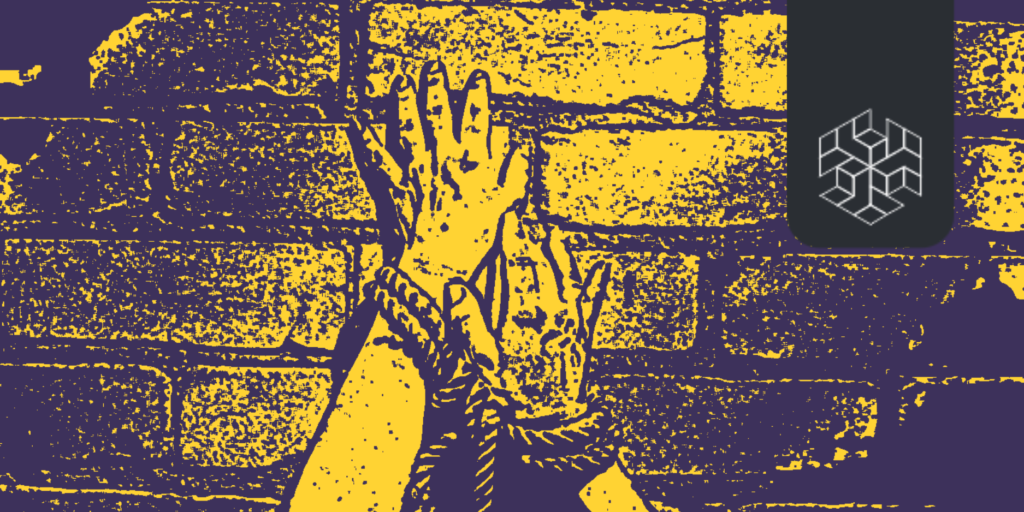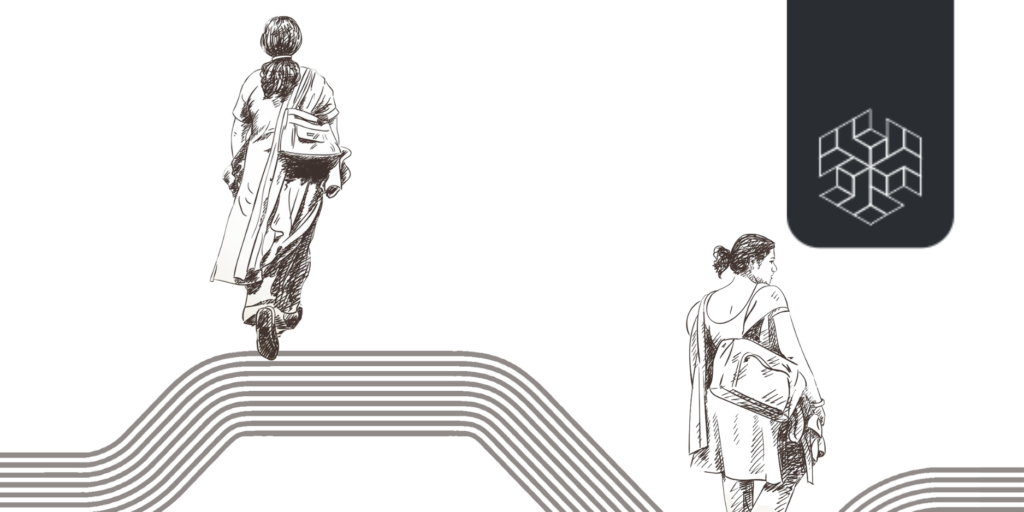Authored by Akshita Sharma
Edited by Kavita Majumdar
ABSTRACT
The open incineration of paddy crop residue, or stubble burning, in the north Indian states of Punjab and Haryana has become a
recurring issue every winter. As pollution caused by stubble burning contributes to the Delhi Smog, the two events are almost always hyphenated in the public discourse, highlighting the former as primarily a public health issue rather than a farmers’ issue. The policy solutions have broadly taken the form of a ban on the practice, incentivising farmers to adopt new crop residue management systems, or fining them. This year, the challenges presented by the COVID-19 pandemic and farmers’ protests over the recent Farm Laws have amplified the impact of stubble burning and complicated the policy response.
This paper looks at stubble burning in the context of the COVID-19 pandemic. It analyses the implementation of key policy measures undertaken over the years to address it, from a behavioural perspective of the farmer. It also assesses the scope for greater private sector engagement in abating stubble burning and suggests some policy actions towards the end.
CONTEXT: STUBBLE BURNING AMIDST THE PANDEMIC
Stubble burning has been a common way of managing crop residue in North India. However, over the last decade, owing to its linkage
with Delhi’s winter smog and increased media spotlight, the practice has invited various policy measures from State and Central governments. On the back of these policies, since 2016, Punjab, Haryana and Uttar Pradesh have witnessed a decrease in stubble burning events during the months of October and November (figure 1 below).
Still, in 2018-19, Punjab and Haryana generated 28.10 million tons of paddy straw out of which 40.21% was burnt in the fields (Ministry of Agriculture and Farmers Welfare 2019: 56). While the number of burning events overall has gone down substantially, Punjab has seen a significant increase in such events in 2020. Figure 2 below shows that between 1 October and 28 October 2020, Punjab recorded 21,335 burning events, much higher than the number of burning events in 2018 and 2019 during the same time. This year, the discontent over the new Farm Laws has also become a key factor in the increase in burning events as farmer union leaders across Punjab have been reluctant to cooperate with the government (Jagga 2020).



